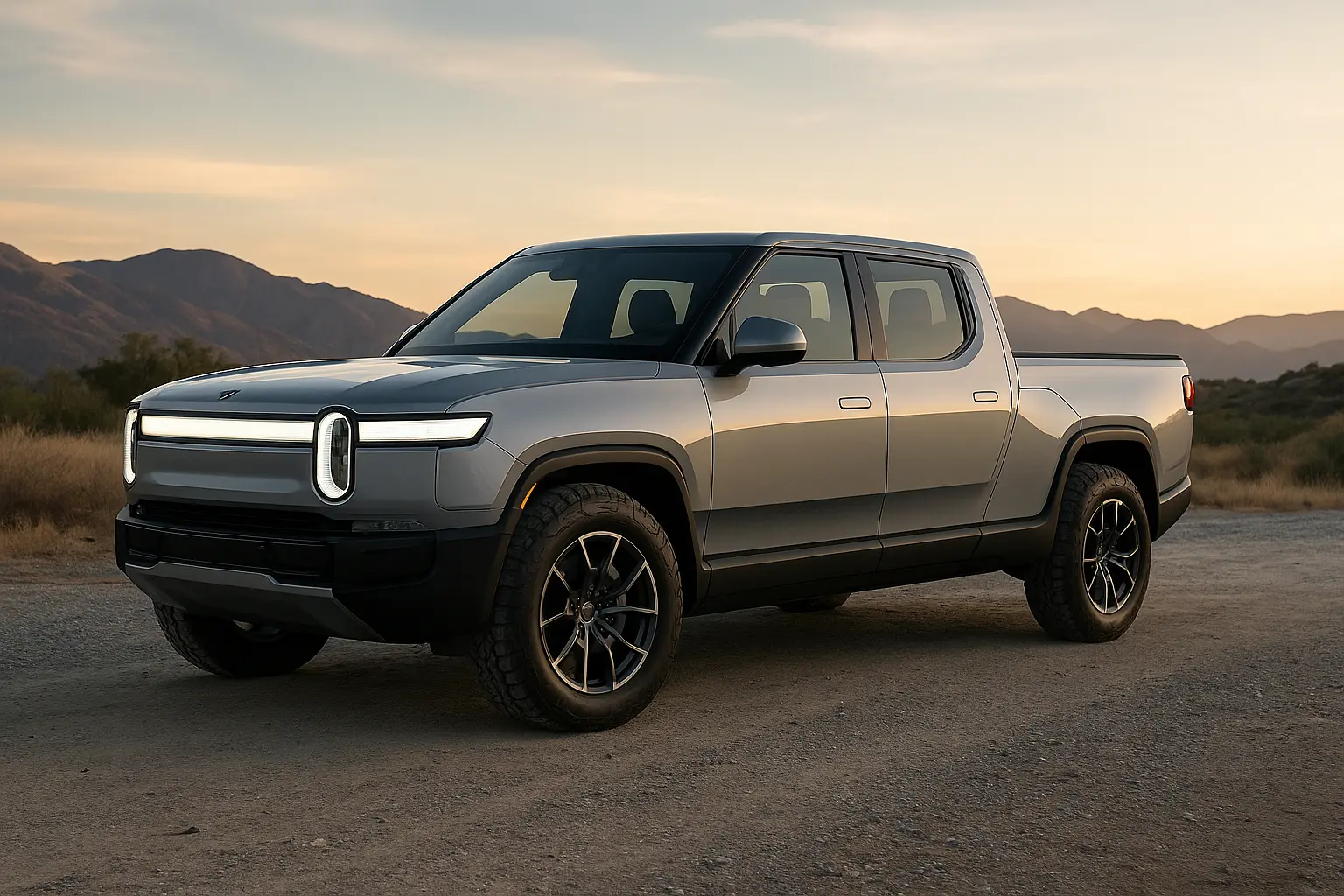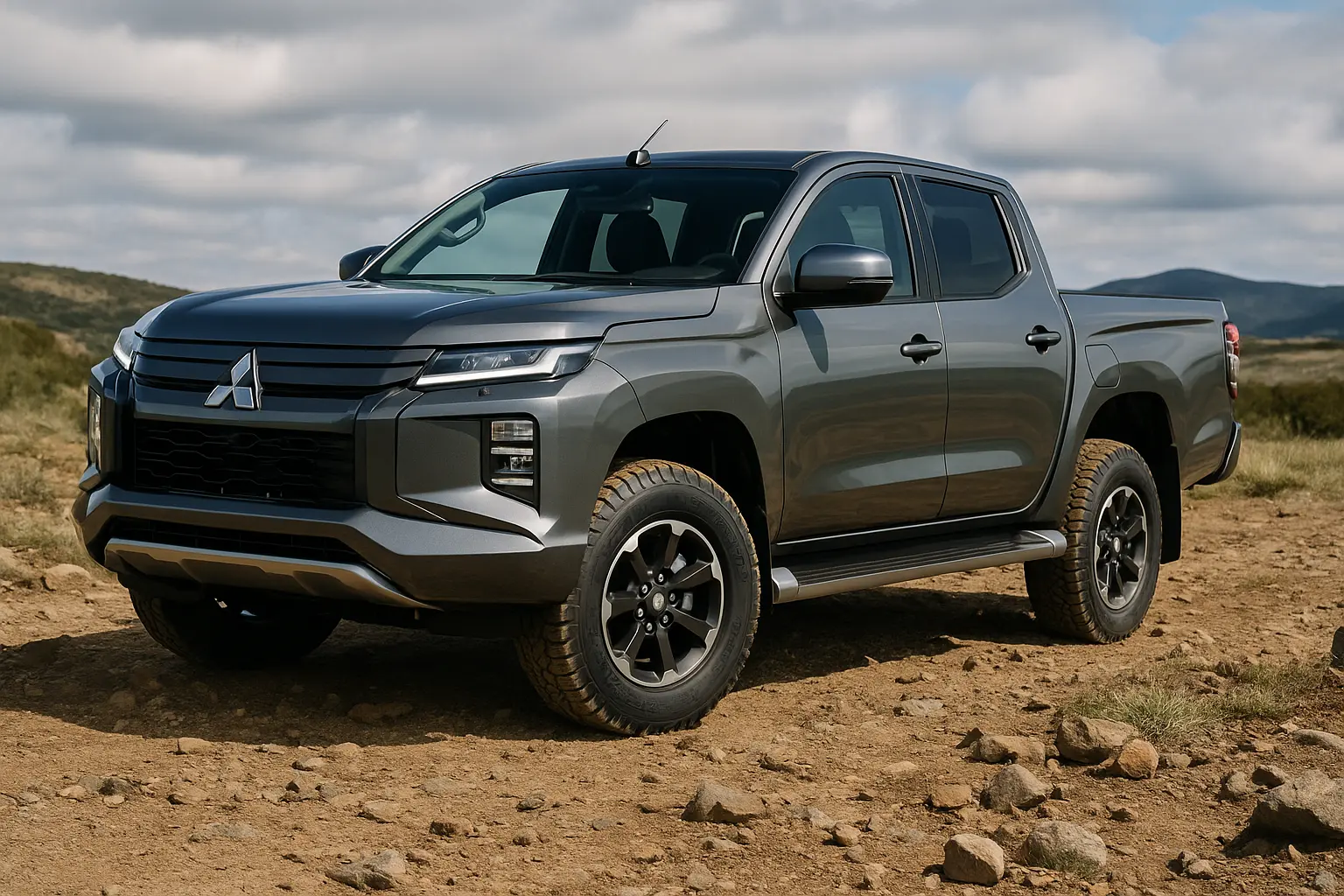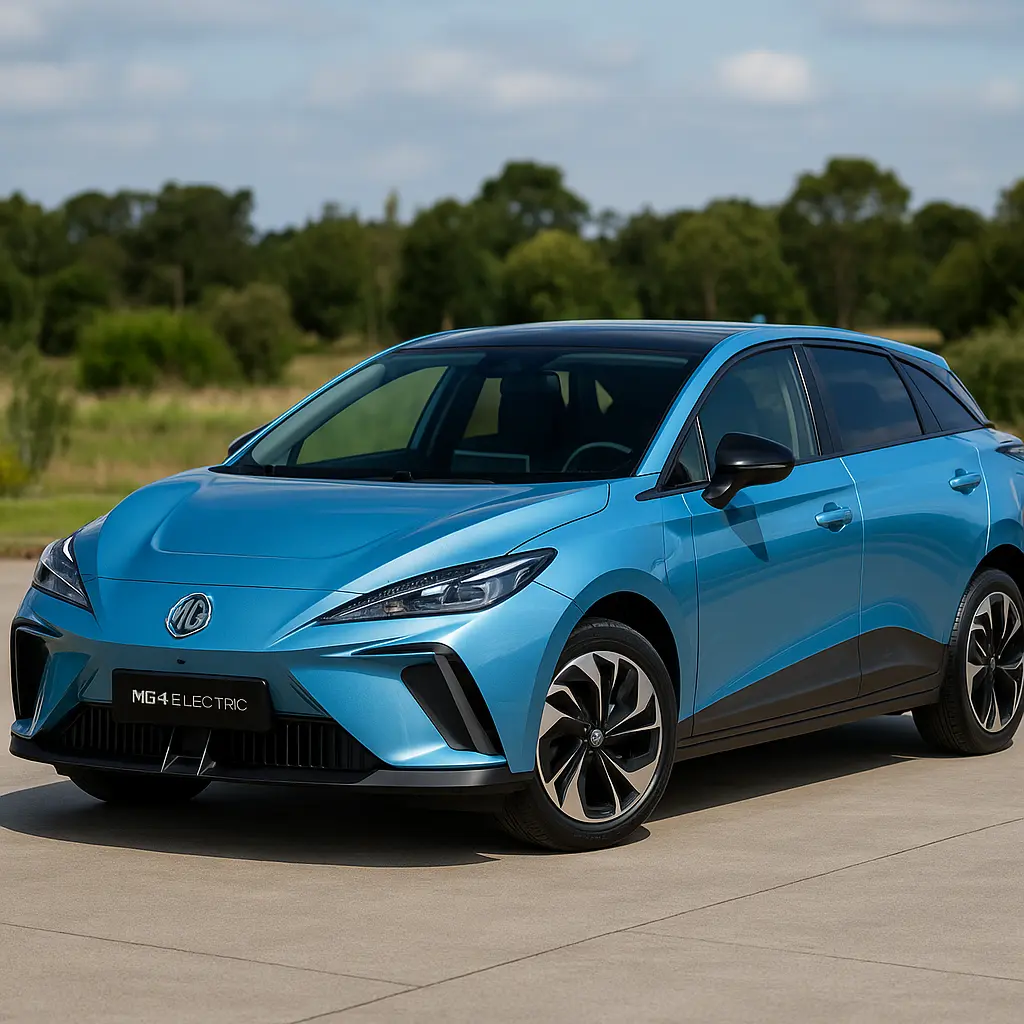Introduction: The Electric Ute Revolution Has Begun
Australia’s love affair with utes shows no signs of slowing down. They’re not just vehicles—they’re workmates, adventure machines, and family haulers. As the EV wave continues to roll through the global auto industry, the traditional diesel-dominated ute segment is getting a high-voltage makeover. In 2025, electric utes are finally landing on Aussie shores in meaningful numbers.
But what does this mean for tradies, adventurers, and everyday drivers? Can electric utes match the power, range, and practicality of their diesel counterparts? And which EV models should you keep an eye on?
In this comprehensive guide, we break down the top electric utes coming to Australia, what features to expect, towing capacities, off-road readiness, and how they’ll shake up the local market.

Why Electric Utes Are Gaining Ground in Australia
1. Changing Consumer Priorities
As fuel prices rise and environmental awareness grows, Aussies are looking for greener alternatives that don’t compromise on utility. Electric utes combine torque-rich performance with zero tailpipe emissions—a winning combo.
2. Government Support
State and federal incentives—like reduced rego fees, EV rebates, and luxury car tax breaks for zero-emission vehicles—are pushing both consumers and fleets toward electric utes.
3. Rapid EV Tech Advancements
Battery range, charging infrastructure, and electric powertrain durability have improved significantly. Some 2025 electric utes offer over 500km of range and up to 4.5-tonne towing capacity—levels once unthinkable for an EV.
Top Electric Utes Coming to Australia in 2025
Here’s your detailed look at the most anticipated electric utes confirmed or expected to hit Aussie roads soon.
1. Ford F-150 Lightning (Expected Late 2025)
Why It Matters:
The F-150 is America’s best-selling vehicle and the Lightning brings serious EV credentials to the table.
Battery Range: Up to 515km
Towing Capacity: Up to 4.5 tonnes
Payload: Over 900kg
Power: Dual-motor AWD producing 420–560kW
Notable Feature: Frunk (front trunk), onboard power generator, huge cabin space
Verdict:
This is not just a work ute; it’s a mobile power station, off-roader, and tech showcase all in one.
2. Rivian R1T (TBC for Australia, likely 2025–2026)
Why It Matters:
Backed by Amazon and full of innovation, the R1T is already making waves in the US and is being evaluated for global release, including Australia.
Battery Range: Up to 640km
Towing Capacity: 5 tonnes
Power: Quad-motor AWD setup delivering 588kW
Unique Feature: Camp kitchen add-on, gear tunnel, adjustable air suspension
Verdict:
Luxury meets ruggedness. While premium in price, it could appeal to off-roaders and lifestyle ute buyers.
3. LDV eT60 (On Sale Now, More Variants Coming 2025)
Why It Matters:
One of the first electric utes officially sold in Australia, but early versions lacked range and AWD. Updated models are expected in 2025.
Battery Range: 330km (expected to increase)
Towing Capacity: 1.5 tonnes
Drive: RWD (AWD version expected soon)
Use Case: Fleet-focused, ideal for urban delivery and light tradie work
Verdict:
Budget-friendly but not yet a full diesel replacement—unless you rarely go off-road.
4. Tesla Cybertruck (Australian Release TBC, Possibly Late 2025)
Why It Matters:
Elon Musk’s wild-looking, stainless-steel beast is no ordinary ute. While delayed, Tesla plans a global rollout—Australia may get it sooner than expected.
Range: 400–800km (depending on model)
Towing: Up to 6.3 tonnes (claimed)
Power: Tri-motor AWD setup with up to 845kW
Features: Bulletproof shell, rear-wheel steering, yoke steering wheel
Verdict:
Polarising design aside, it could be the most powerful and versatile EV ute on the market—if it arrives on time.
5. Chevrolet Silverado EV (Expected Late 2025 or Early 2026)
Why It Matters:
GM is ramping up EV production. The Silverado EV is huge, powerful, and built on the new Ultium platform.
Battery Range: Up to 640km
Towing Capacity: 4.5 tonnes
Power: Up to 495kW
Extras: Multi-flex tailgate, hands-free Super Cruise system
Verdict:
Tradie toughness meets electric tech. Price and local availability will be the key hurdles.
6. Toyota Hilux Revo BEV (Prototype in Testing, Likely 2025–26)
Why It Matters:
The Hilux is Australia’s best-selling vehicle. Toyota’s EV version is under active testing and expected to land within a couple of years.
Expected Range: 300–400km
Drive: Dual-motor AWD likely
Platform: Hilux-based chassis with electrified underpinnings
Verdict:
If Toyota nails the durability and off-road capability, this could be a game-changer for Aussie fleets and families alike.
Key Features Buyers Should Expect in 2025 Electric Utes
| Feature | Why It Matters |
|---|---|
| Fast Charging | DC fast charging (100kW+) cuts downtime |
| Dual Motor AWD | Improves traction, especially off-road |
| Frunk (Front Boot) | Extra storage space where engine once was |
| Onboard Power | Useful for worksites and camping |
| Regenerative Braking | Increases efficiency, helps with towing |
EV Ute Towing & Payload – How Do They Stack Up?
Traditional utes like the Ford Ranger and Toyota Hilux tow between 3.0 to 3.5 tonnes. EV utes like the Rivian R1T, Ford Lightning, and Silverado EV are either matching or exceeding these figures:
Ford Lightning: Up to 4.5 tonnes
Rivian R1T: Up to 5 tonnes
Tesla Cybertruck: Up to 6.3 tonnes (claimed)
LDV eT60: Currently 1.5 tonnes (urban use only)
Takeaway:
Early EV utes were limited, but 2025 and beyond promises parity—or even superiority—over diesel for towing and torque.
Off-Road Capability – Can Electric Utes Handle the Aussie Bush?
Yes, and here’s why:
Instant Torque: Electric motors deliver peak torque from 0 RPM—great for crawling over rocks or sand.
Adjustable Suspension: Some models like the R1T come with height-adjustable air suspension.
Water Wading: With sealed drivetrains and no exhausts, EVs are actually well-suited for water crossings.
Limitation?
Battery range can dip significantly when off-roading or towing. But range-anxiety is reducing with 400km+ real-world capabilities.
Challenges Facing EV Utes in Australia
Charging Infrastructure in Remote Areas
While cities are well-covered, the outback still lacks consistent EV infrastructure. Ute buyers who travel far and wide need solutions like solar, mobile fast chargers, or hybrid tech.Price
Early EV utes will start well above $80K, making them premium offerings. However, LDV and future Chinese utes may hit the $50K range soon.Payload Impact on Range
Carrying heavy tools or towing reduces EV range significantly—though future models are improving in energy efficiency and battery density.
What About Tradies and Fleets?
Fleet buyers stand to gain the most:
Lower Running Costs: No fuel, fewer moving parts, and less servicing
Government Incentives: Tax benefits for zero-emission fleet vehicles
Telematics & Tracking: Advanced tech to monitor fleet usage and maintenance
Big players like Australia Post and local councils have already started trialling EV utes.
Future Contenders – EV Utes on the Horizon
Beyond the mainstream names, these are in development and could hit our shores:
BYD Electric Ute – Expected late 2025; could be under $60K
GWM Ute EV – Great Wall Motors is developing electric versions of the Cannon
Nikola Badger (TBC) – More of a concept, but impressive specs
Conclusion: The EV Ute Future Is (Almost) Here
2025 will mark the beginning of real choice in Australia’s electric ute market. With offerings across budget levels, performance needs, and worksite demands, Aussies are finally getting a taste of zero-emission utility vehicles that don’t compromise on capability.
Whether you're a tradie needing torque, an adventurer seeking off-road thrills, or a business going green, the electric ute revolution is bringing more power, tech, and range than ever before.
Final Thought:
Keep an eye on the F-150 Lightning, Tesla Cybertruck, and Rivian R1T for high-performance options—and the LDV, GWM, and BYD for budget-conscious buyers.
Leave a comment
Your email address will not be published. Required fields are marked *




















